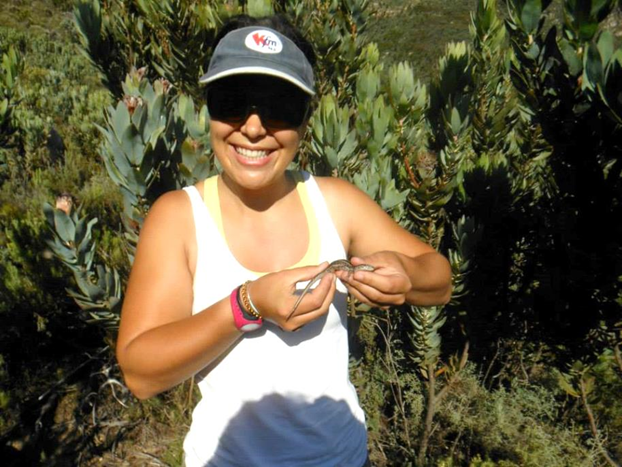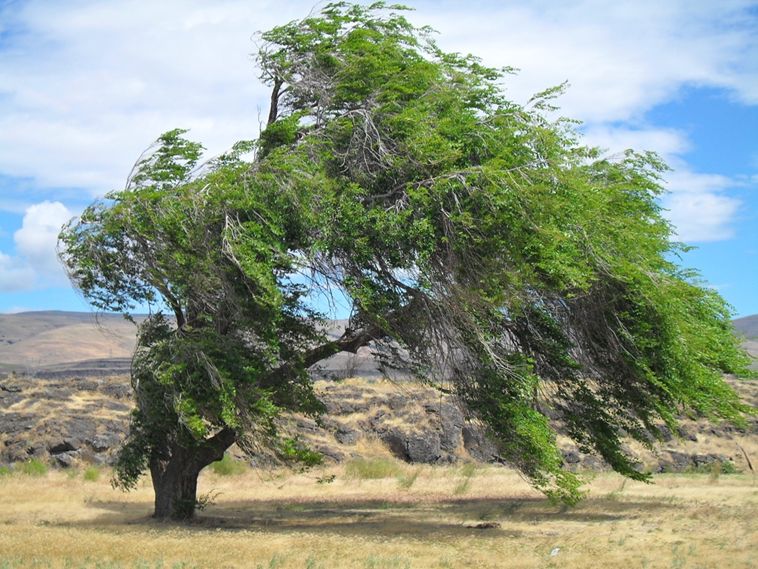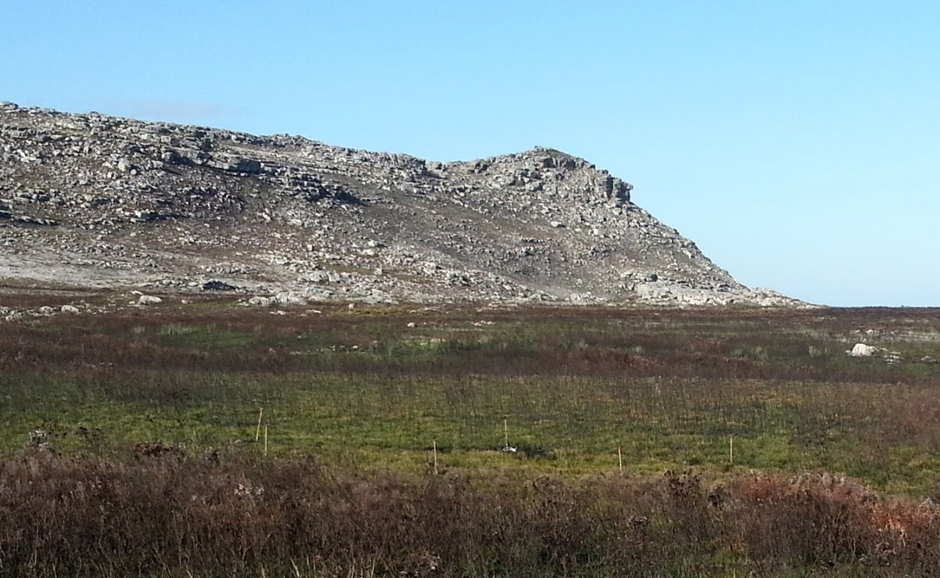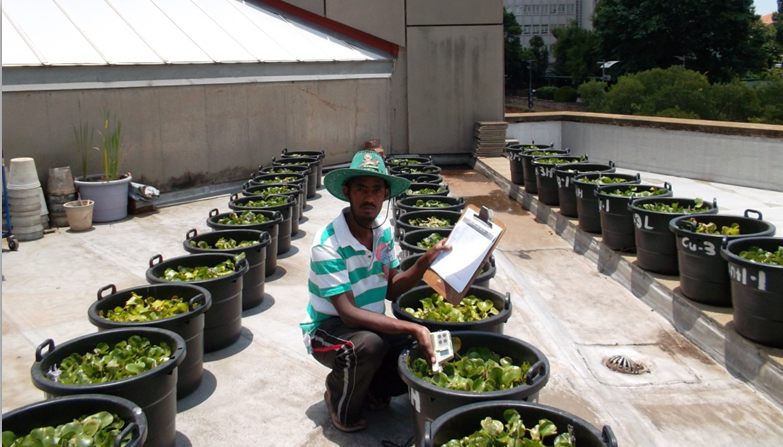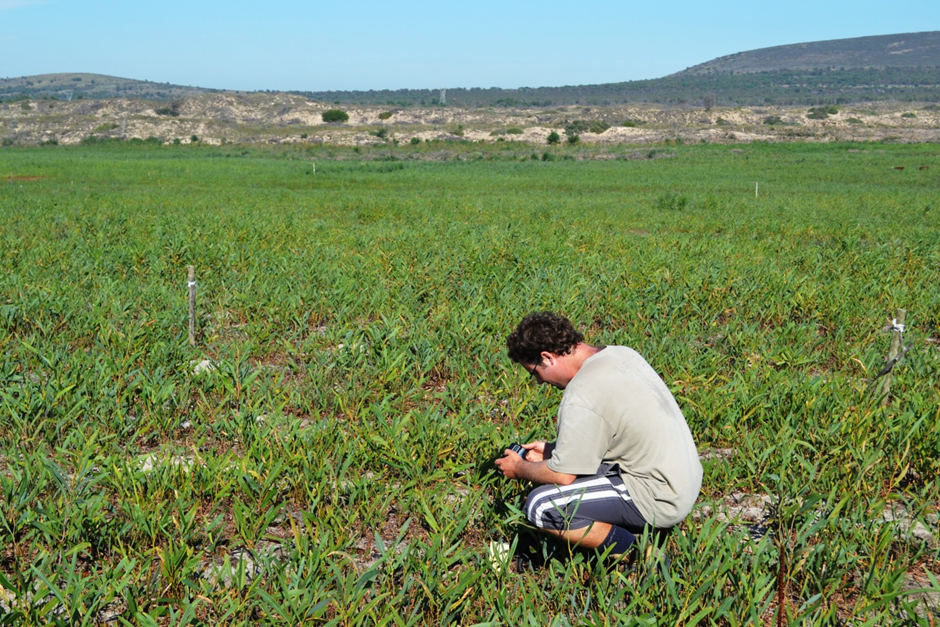Effects of invasive alien pine trees on lizard communities in fynbos
Invasions by alien pine trees (Pinus spp.) can have a negative impact on native lizard species by changing their native habitat, according to a recent C·I·B study published in Oecologia.

